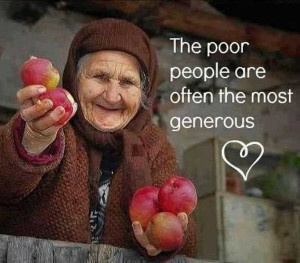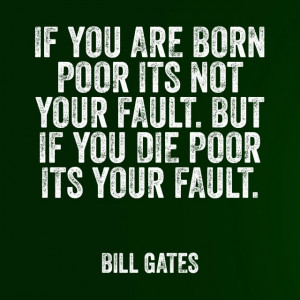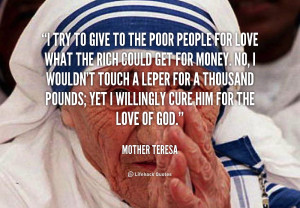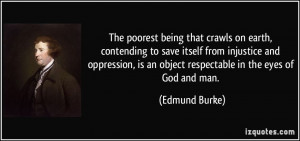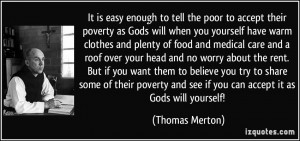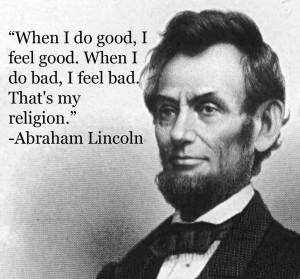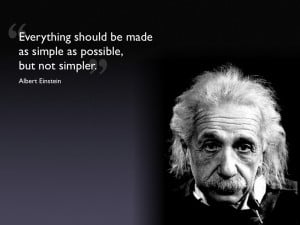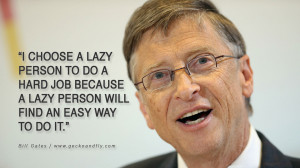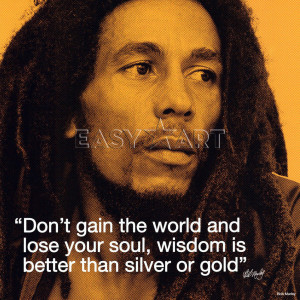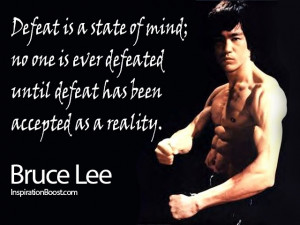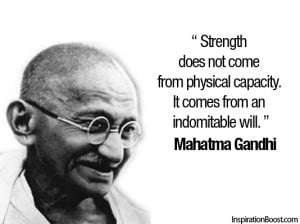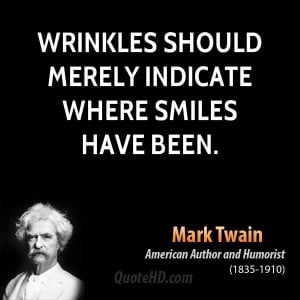Poorest Quotes
We live increasingly in a world of haves and have-nots, of gated communities next to ghettos, of extreme poverty and unbelievable riches. Some enjoy rights that are completely denied to others. Relative inequalities are exploding, and the world's poorest, despite all the advances of globalisation, may even be getting poorer.
What's great about this country is that America started the tradition where the richest consumers buy essentially the same things as the poorest. You can be watching TV and see Coca-Cola, and you can know that the President drinks Coke. Liz Taylor drinks Coke, and just think, you can drink Coke, too.
The contrasts between what is spent today to educate a child in the poorest New York City neighborhoods, where teacher salaries are often even lower than the city averages, and spending levels in the wealthiest suburban areas are daunting challenges to any hope New Yorkers might retain that even semblances of fairness still prevail.




